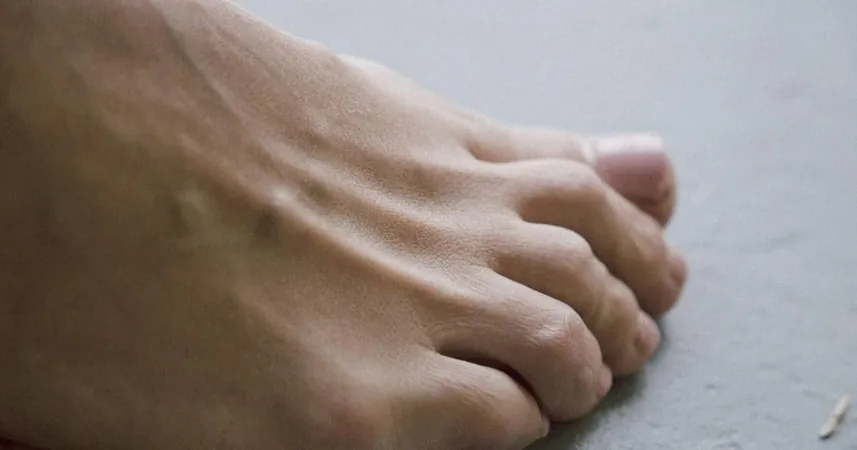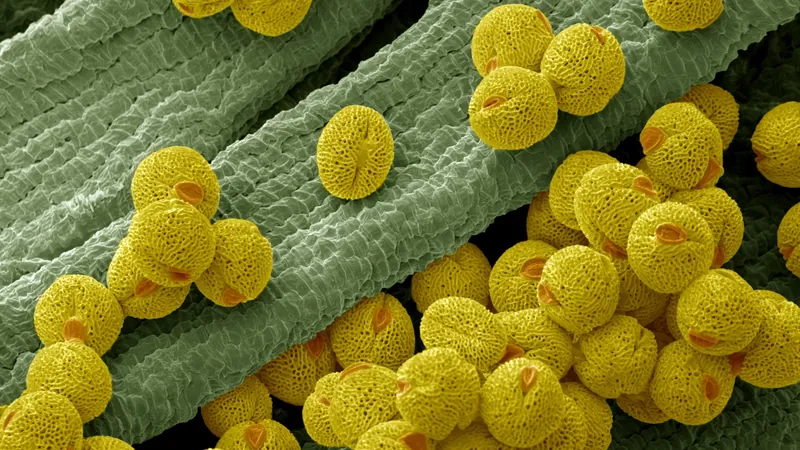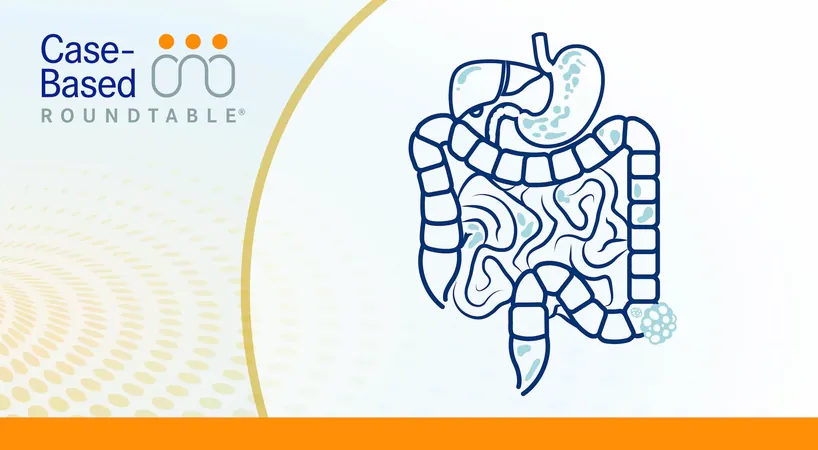
Ancient Gene Offers Hope for Revolutionary Gout Treatment
2025-09-02
Author: Wei Ling
A Breakthrough Discovery in Gout Treatment
Scientists are unveiling a potential game-changer in the fight against gout: an ancient gene that our ancestors lost millions of years ago. This research could redefine our approach to treating a condition that has plagued humanity for centuries.
Understanding Gout: The Historical Context
Gout is a form of painful arthritis caused by the accumulation of crystals in the joints, often affecting the big toe. Historically seen as a 'rich man's disease,' it's now recognized as the most common form of arthritis in men, with about one in 40 adults affected. Alarmingly, the number of cases has surged, nearly skyrocketing by 1,000% in some regions of England over the past four years.
Unlocking Ancient Secrets with CRISPR
Researchers from Georgia State University have utilized CRISPR gene editing technology to resurrect a gene that could dramatically lower uric acid levels, known to be the culprit behind gout and related health conditions, like fatty liver disease. This elusive gene is known as uricase, an enzyme that most animals still possess.
The Role of Uricase in Our Evolutionary Past
Interestingly, humans and other apes lost the uricase gene approximately 20 to 29 million years ago. At the time, this may have granted early primates an advantage by converting fruit sugars into fat, a crucial survival tactic during food shortages. However, in today's world, high uric acid levels contribute to a myriad of modern diseases.
Revolutionizing Treatment: What the Study Found
Lead researcher Professor Eric Gaucher and his team employed CRISPR-Cas9, often referred to as "molecular scissors," to introduce a revitalized uricase gene into human liver cells. The results were astonishing: a significant drop in uric acid levels, preventing the accumulation of harmful fats in liver cells.
From Cells to Spheroids: A Step Towards Real-World Application
To ensure these promising results were not just isolated incidents, the team advanced their experiment to 3D liver spheroids – lab-grown tissues that mimic actual organ behavior. The findings were consistent, demonstrating that the restored uricase gene effectively reduced uric acid levels and functioned properly within complex conditions.
Beyond Gout: Broader Health Implications
The implications of high uric acid, or hyperuricemia, extend far beyond gout. Studies link it to severe conditions such as high blood pressure and cardiovascular disease. Professor Gaucher emphasizes that successfully lowering uric acid could potentially prevent various ailments simultaneously.
The Promise of a CRISPR-Based Solution
Current treatments for gout don’t work universally and some patients experience adverse reactions to conventional therapies. The CRISPR method could be a groundbreaking alternative, allowing for the restoration of uricase within liver cells, offering patients a chance to lead gout-free lives.
What's Next: From Lab to Trials
Following these promising results, the next steps involve testing in animal models before potentially moving on to human trials. The delivery mechanisms being considered include direct injections or lab-modified liver cells, with lipid nanoparticles – a technology also used in some Covid-19 vaccines – being a viable option.
Addressing Safety and Ethical Considerations
While these advancements are exciting, Prof. Gaucher cautions that genome editing brings significant safety concerns. Addressing these issues will spark vital ethical discussions about access to such technologies in the future.






 Brasil (PT)
Brasil (PT)
 Canada (EN)
Canada (EN)
 Chile (ES)
Chile (ES)
 Česko (CS)
Česko (CS)
 대한민국 (KO)
대한민국 (KO)
 España (ES)
España (ES)
 France (FR)
France (FR)
 Hong Kong (EN)
Hong Kong (EN)
 Italia (IT)
Italia (IT)
 日本 (JA)
日本 (JA)
 Magyarország (HU)
Magyarország (HU)
 Norge (NO)
Norge (NO)
 Polska (PL)
Polska (PL)
 Schweiz (DE)
Schweiz (DE)
 Singapore (EN)
Singapore (EN)
 Sverige (SV)
Sverige (SV)
 Suomi (FI)
Suomi (FI)
 Türkiye (TR)
Türkiye (TR)
 الإمارات العربية المتحدة (AR)
الإمارات العربية المتحدة (AR)